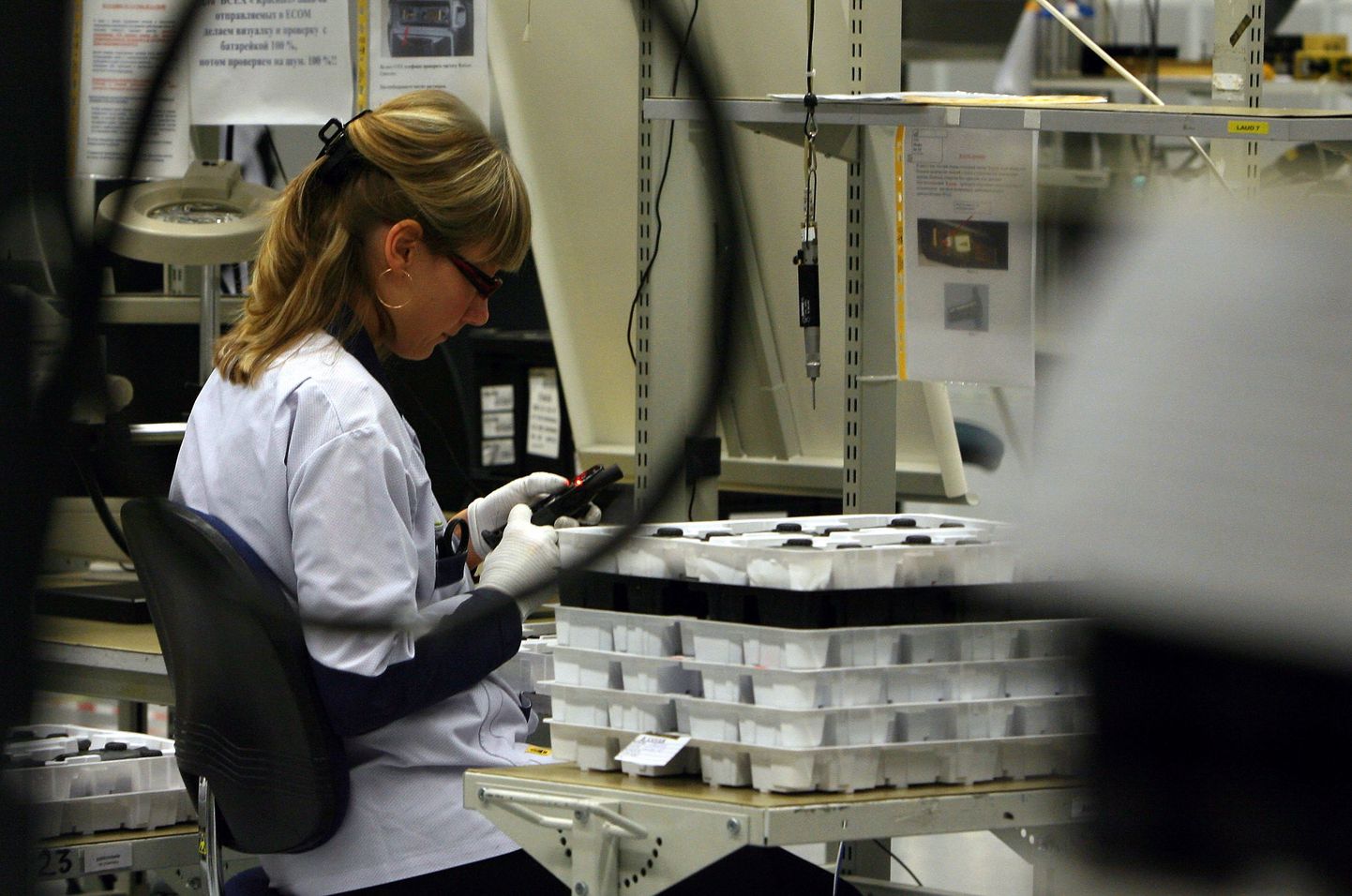
Increased output by the electronics sector had the biggest effect on growth in Estonia's industrial output in April, analysts at SEB and Nordea Pank told BNS.

Increased output by the electronics sector had the biggest effect on growth in Estonia's industrial output in April, analysts at SEB and Nordea Pank told BNS.
"While growth in manufacturing continues to be weak, it's still on the upward side sometimes more and sometimes less, whereas during last year industrial production growth stayed close to zero. So we do have an improvement in the situation in industry compared with last year, although it's barely visible," SEB Pank analyst Ruta Arumae told BNS.
Where last year there was a quite uniform picture of everyone struggling near zero growth, the first months of this year have been better for some sectors, according to Arumae. "Chemical output is growing faster, and also the processing of fuels, for instance. And processing of metals is doing better as well than last year, although in April it wasn't. Of the major branches of industry electronics continues to boast an upward trend, increasing by as much as 20 percent in April," the analyst said.
Not a lot of change can be observed in forward-looking indicators, however, Arumae said. "The industrial sentiment indicator is fluctuating around a lower level than last year and the same applies to new orders. At the same time, the new orders indicator in May was higher than in previous months," she added.
"Since growth rates in both industry and retail were higher in April than at the beginning of the year, there's potential that in the second quarter we'll see a bit bigger economic growth than in the first," Arumae said.
Tonu Palm, chief analyst at Nordea Pank, said that while livening up of global demand unfortunately is adjourned by some time this year, Nordea continues to expect a slight improvement in the stronger external markets in the second half of the year.
In April the external markets important for Estonia predominantly suffered a setback, including the manufacturing sentiment indicators for Germany and Sweden. "At the same time, German industrial orders in themselves were not weak at all in the previous two months, which shows that on the back of global exports one's been able to balance off somewhat weaker demand in the euro area. Also several Estonian companies have shown growth of late backed by new markets," said Palm.
The output of Estonian industrial enterprises in April 2013 increased 3 percent compared to April 2012, Statistics Estonia said on Friday.